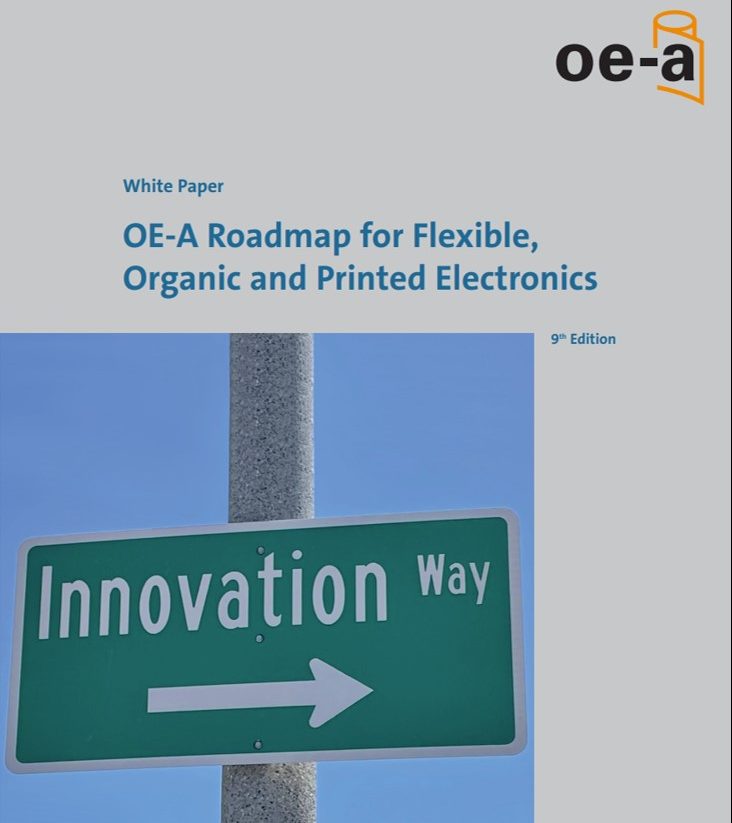The key advantage of using organic and printed electronics for the realization of functional objects and sensors is the possibility to combine and integrate on the same substrate multiple electronic components. Like this we are able to create smart systems in a cost-efficient and mass-producible way. Functional printing allows the integration of different components such as transducer, battery, antenna, transistors, display, memories, batteries or displays. When combining organic and printed electronics with classical silicon electronics, powerful hybrid systems can be manufactured, that combine the best of both worlds. Among the applications that can be realized with such systems are, e.g., wearables to measure body functions, touch interfaces and several different display types to interact with the user. Furthermore, NFC tags based on printed silicon have expanded their market penetration, RFID is being integrated directly into packaging materials, and flexible smart wireless sensors are being enabled by hybrid integration of conventional silicon and OPE.
Implementation examples

Electrochromic Displays
Due to their low energy consumption and low production costs, electrochromic displays are a perfect electronic component for smart packaging applications, e.g. displaying digital information when connected to a sensor.
© Ynvisible







